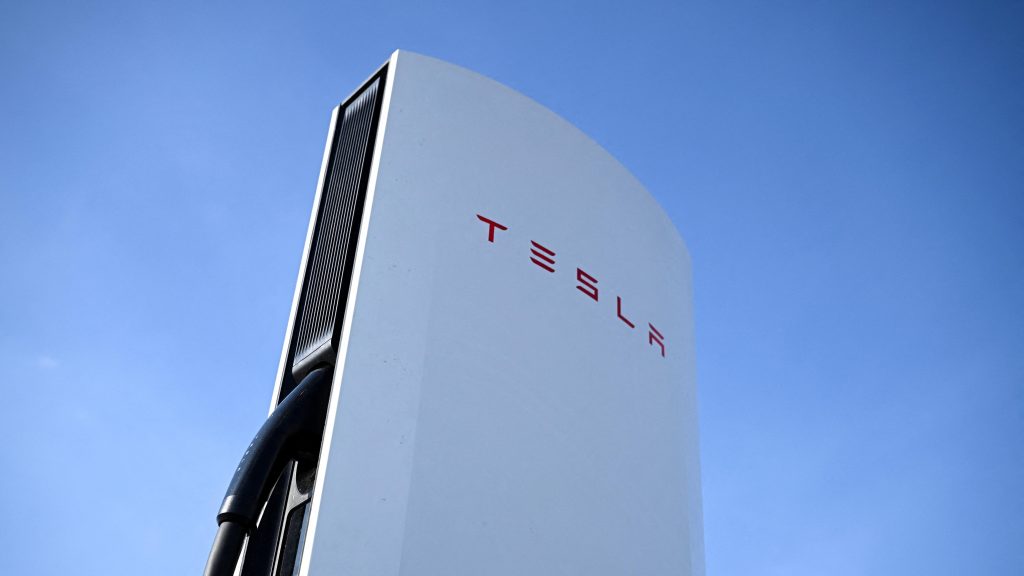US To Probe Tesla’s ‘Full Self-Driving’ System After Pedestrian Killed

The US government’s road safety agency is again investigating Tesla’s “full self-driving” system, this time after getting reports of crashes in low-visibility conditions, including one that killed a pedestrian.
The National Highway Safety Administration says in documents that it opened the probe on Thursday after the company reported four crashes after Teslas entered areas of low visibility including sun glare, fog and airborne dust.
In addition to the pedestrian’s death, another crash involved an injury, the agency said.
Investigators will look into the ability of full self-driving to “detect and respond appropriately to reduced roadway visibility conditions, and if so, the contributing circumstances for these crashes.”
The investigation covers roughly 2.4 million Teslas from the 2016 through to the 2024 model years.
Tesla, which has repeatedly said the system cannot drive itself and human drivers must be ready to intervene at all times, has been contacted for comment.
Last week Tesla held an event at a Hollywood studio to unveil a fully autonomous robotaxi without a steering wheel or pedals.
Chief executive Elon Musk said the company plans to have fully autonomous vehicles running without human drivers next year, and robotaxis available in 2026.
The agency also said it would look into whether any other similar crashes involving full self-driving have happened in low visibility conditions, and it will seek information from the company on whether any updates affected the system’s performance in those conditions.
“In particular, this review will assess the timing, purpose and capabilities of any such updates, as well as Telsa’s assessment of their safety impact,” the documents said.
Tesla has twice recalled full self-driving under pressure from the agency, which in July sought information from law enforcement and the company after a Tesla using the system struck and killed a motorcyclist near Seattle.
The recalls were issued because the system was programmed not to come to a complete stop at stop signs at slow speeds and because the system disobeyed other traffic laws.
Critics have said that Tesla’s system, which uses only cameras to spot hazards, does not have proper sensors to be fully self driving.

Nearly all other companies working on autonomous vehicles use radar and laser sensors in addition to cameras to see better in the dark or poor visibility conditions.
The full self-driving recalls arrived after a three-year investigation into Tesla’s less-sophisticated Autopilot system crashed into emergency and other vehicles parked on roads, many with warning lights flashing.
That investigation was closed last April after the agency pressured Tesla into recalling its vehicles to bolster a weak system that made sure drivers are paying attention. A few weeks after the recall, NHTSA began investigating whether the recall was working.
The investigation that was opened on Thursday enters new territory for NHTSA, which had previously viewed Tesla’s systems as assisting drivers rather than driving themselves.
With the new probe, the agency is focusing on the capabilities of full self-driving rather than simply making sure drivers are paying attention.




